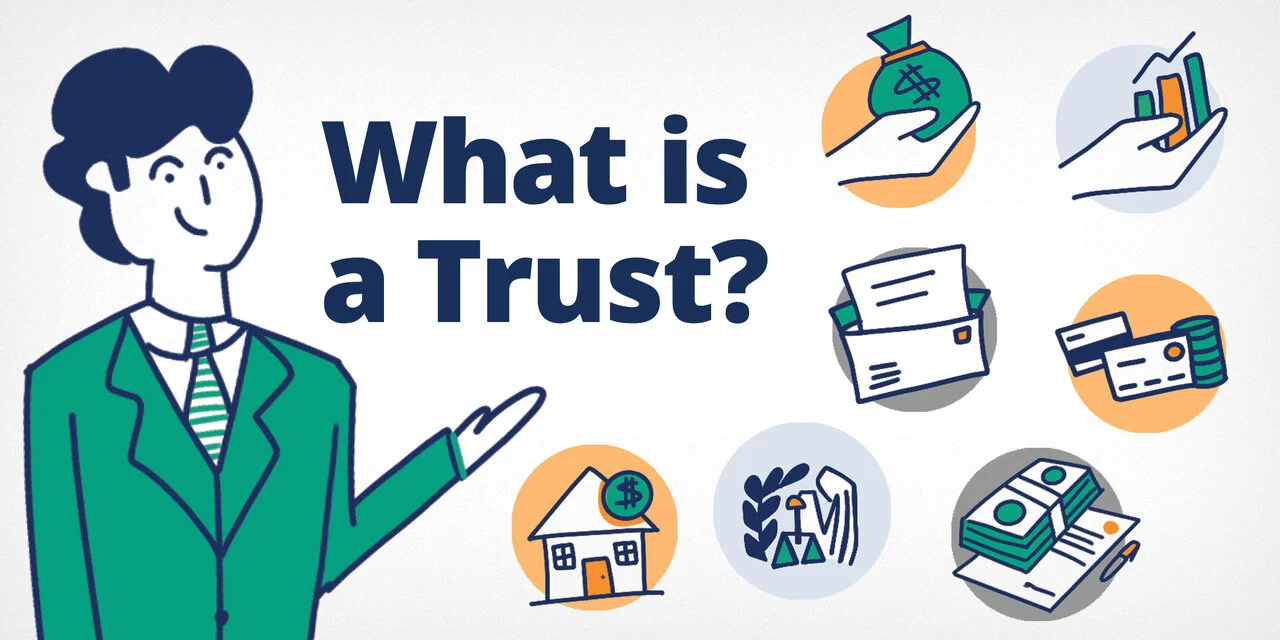Traveling in 2021 Part 3: Tips for Buying Your First RV
It's time for a change in scenery after months spent indoors! But in 2021, hopping on a plane or staying in a hotel brings safety concerns that may have you exploring other ways to travel this season. For many Americans, recreational vehicles (RVs) can fill the need for outdoor, fun-filled experiences while remaining socially distanced.
Depending on your preferred RV type, style, and features, you may be able to buy a new one for as little as $10,000 or as much as $300,000.
A quick note:
Before you buy, there are other expenses to consider as well. Your vehicle's liability coverage should extend to include a travel trailer, but drivable RVs need their own insurance. You'll also need to take into account the additional costs of fuel, propane, storage, maintenance, and repairs. These expenses can vary widely depending on usage.
If you're looking to join the growing RV community, consider these ten buying tips to save time and money.
1. Determine the type of RV that will meet your needs
Consider whether you'll be traveling with a large family, pets, or going solo. Choose from a variety of travel trailers, motorhomes, or truck campers to accommodate the size of your crew.
2. Research the RV market
Visit NadaGuides to perform a search by RV manufacturer, price, and vehicle specification. You'll also be able to view photos of new and used RVs for sale in your area.
3. Make an RV wish list before you shop
Knowing the features you want will help you narrow down your list to determine the best RV for a comfortable travel experience for you.
4. Compare insurance rates
Premiums for a used RV will likely be less expensive than newer models.
5. Shop at the right time
You might find greater savings the last few days of the month (or year), when dealerships need to make room for new inventory.
6. Request free add-ons from the RV dealer
Specifically request bug screens and roof vent covers, which can protect your vehicle from the environment. While these freebies might seem small, they can save you from expensive repairs down the line.
7. Join online RV communities or visit a local meetup
Talk with seasoned RV owners for helpful tips. They can teach you how to look beyond the floor plan and spot cheap components often overlooked by novice buyers.
8. Budget for upgrades
Factor in how much time and money you want to spend upgrading features in your RV. While popular additions like a TV satellite dish and solar panels might have upfront costs lower than other upgrades, they each have ongoing expenses. These purchases might require a monthly satellite subscription to watch your favorite shows or other equipment to convert solar energy into power.
9. Ask about the manufacturer's warranty
When you're buying a new RV, you can gain peace of mind should you run into issues during the first several years. Most warranties cover major structural issues but exclude normal wear and tear items. If you're buying used, the RV might still be covered under its original warranty, so don't forget to ask! In either case, you may be able to pay for an extended warranty.
10. Get a pre-purchase inspection from an accredited RV inspector
For around $200, you can have a professional inspect the RV for system and structural damage before you close the deal. Find a local inspector by visiting the National Recreational Vehicle Inspectors Association website.
Let us help get you on the open road
When you're ready to purchase your new or used RV, finance your purchase with a Together Credit Union RV Loan. Members have access to competitive rates and extended payment terms, depending on the amount financed. Ready for your first road trip? Apply for an RV Loan today.












